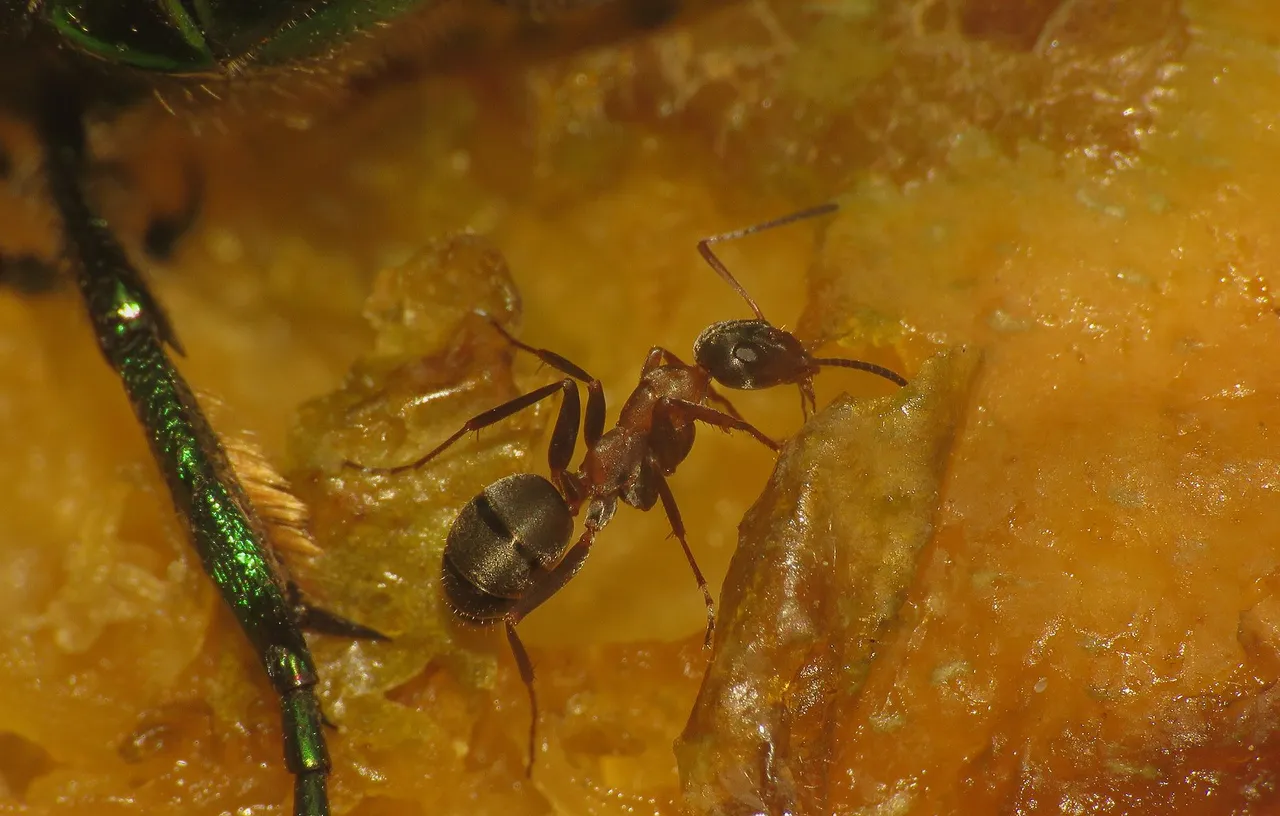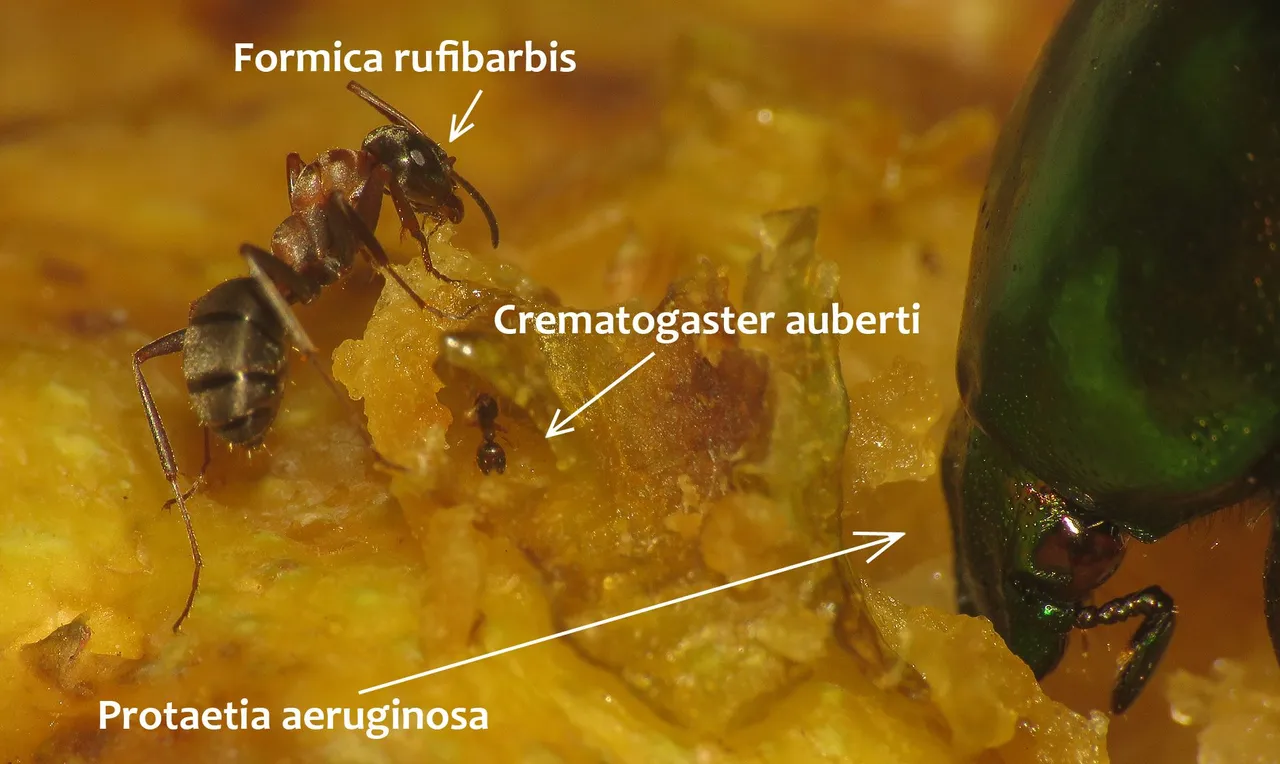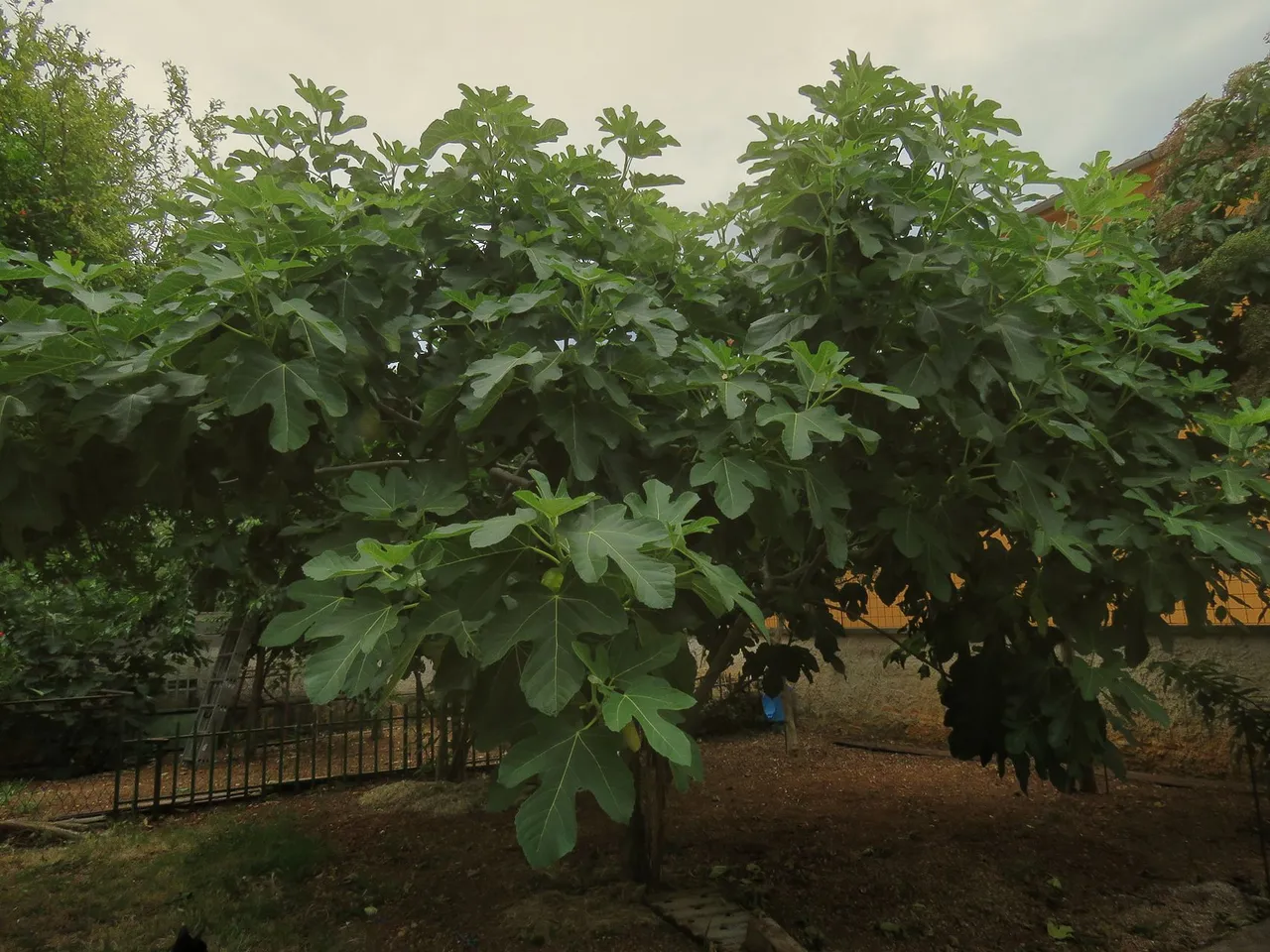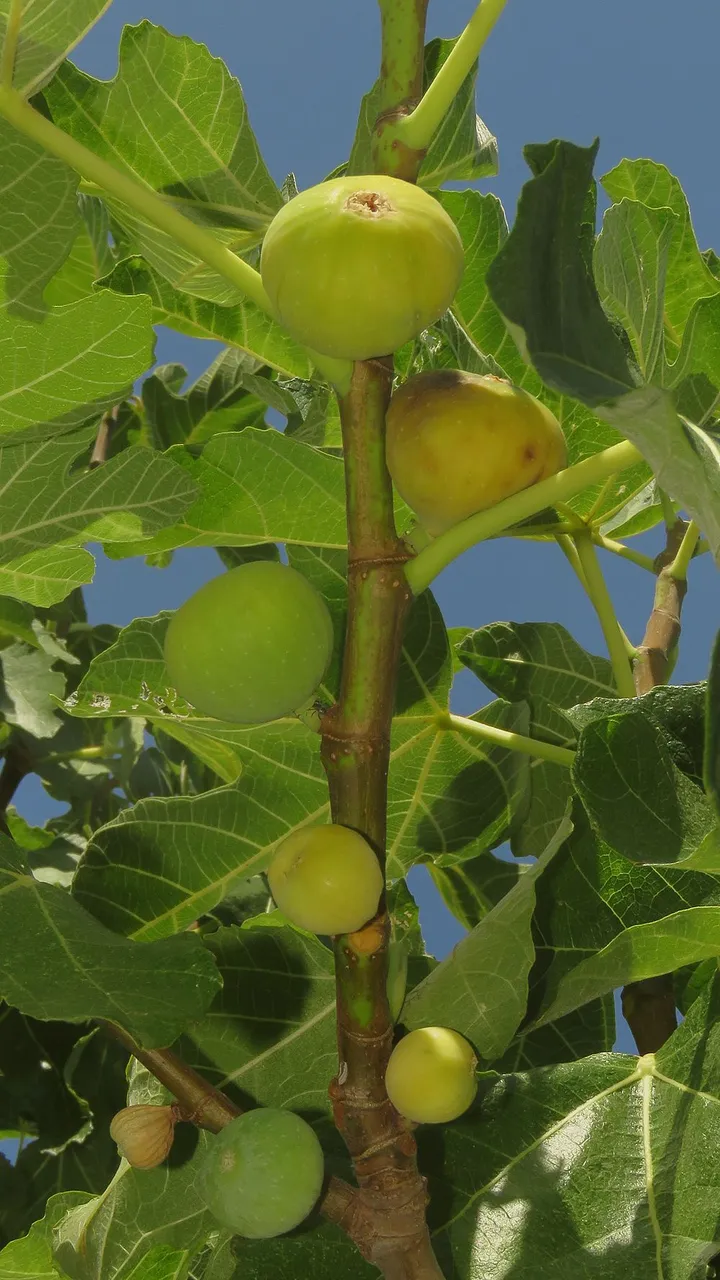I have four fig trees that grow in my yard and garden. Each one is different. This is a story about one of those trees.
The main protagonist of this post, the aforementioned tree, produces two kinds of figs.
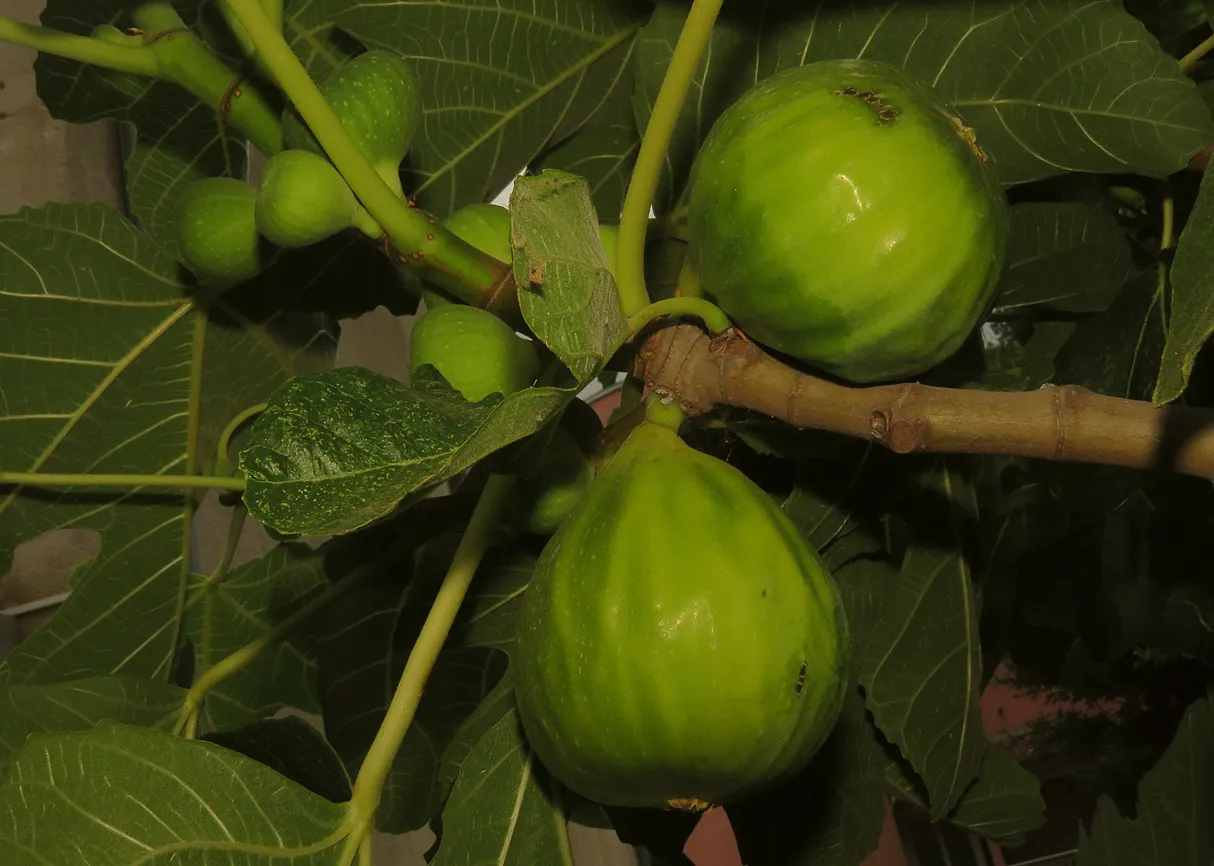
In the first days of July, these big ones are ripe and ready.
Here you can see the fruit in my hand, so you can get an idea about its size. This will come handy later, when I'll show you the second kind of fig that grows on this tree, and you will be able to compare the two, if you wish.
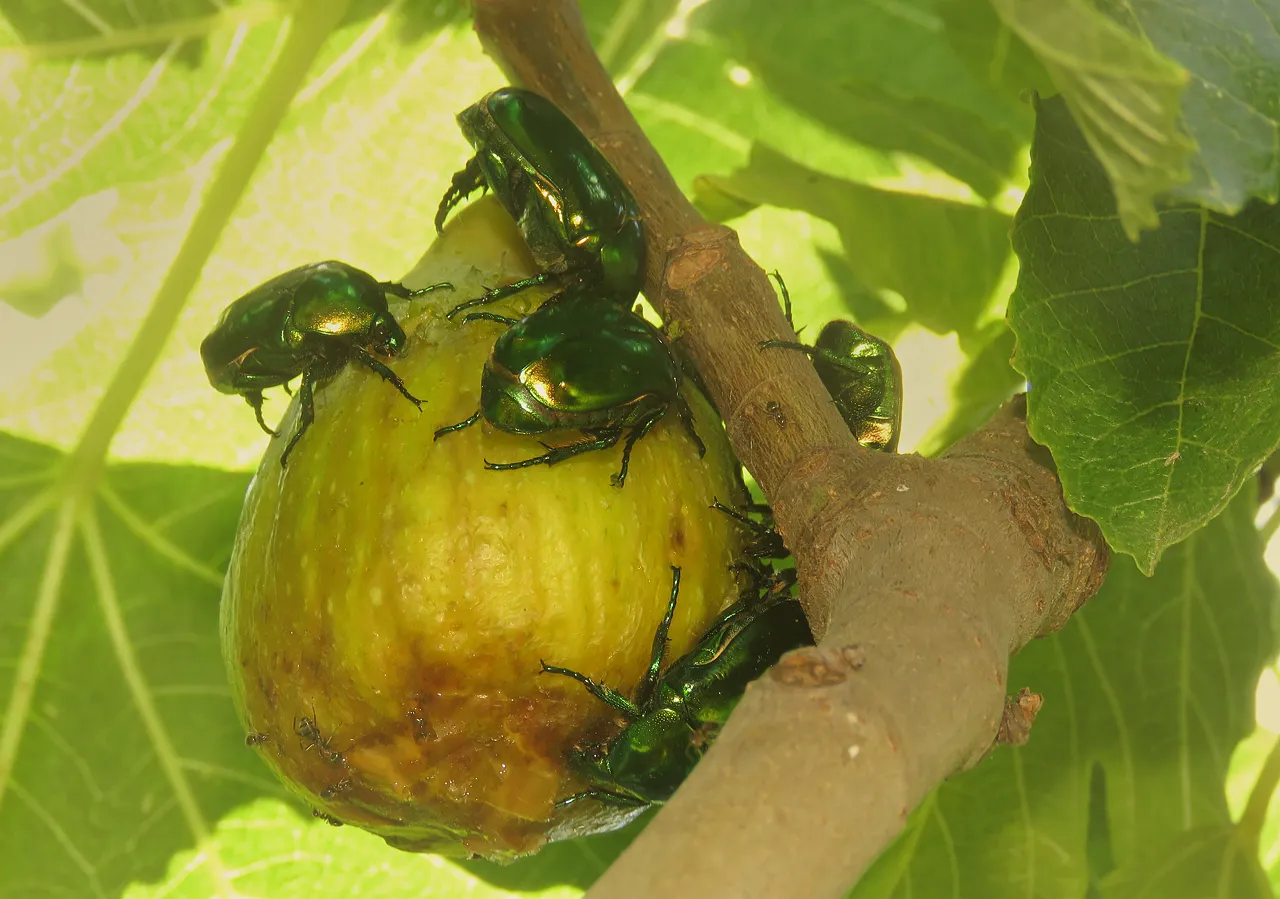
The photographs in the first half of the post were taken on the 2nd and 11th July 2021, when the figs were big, watery, and pale inside.
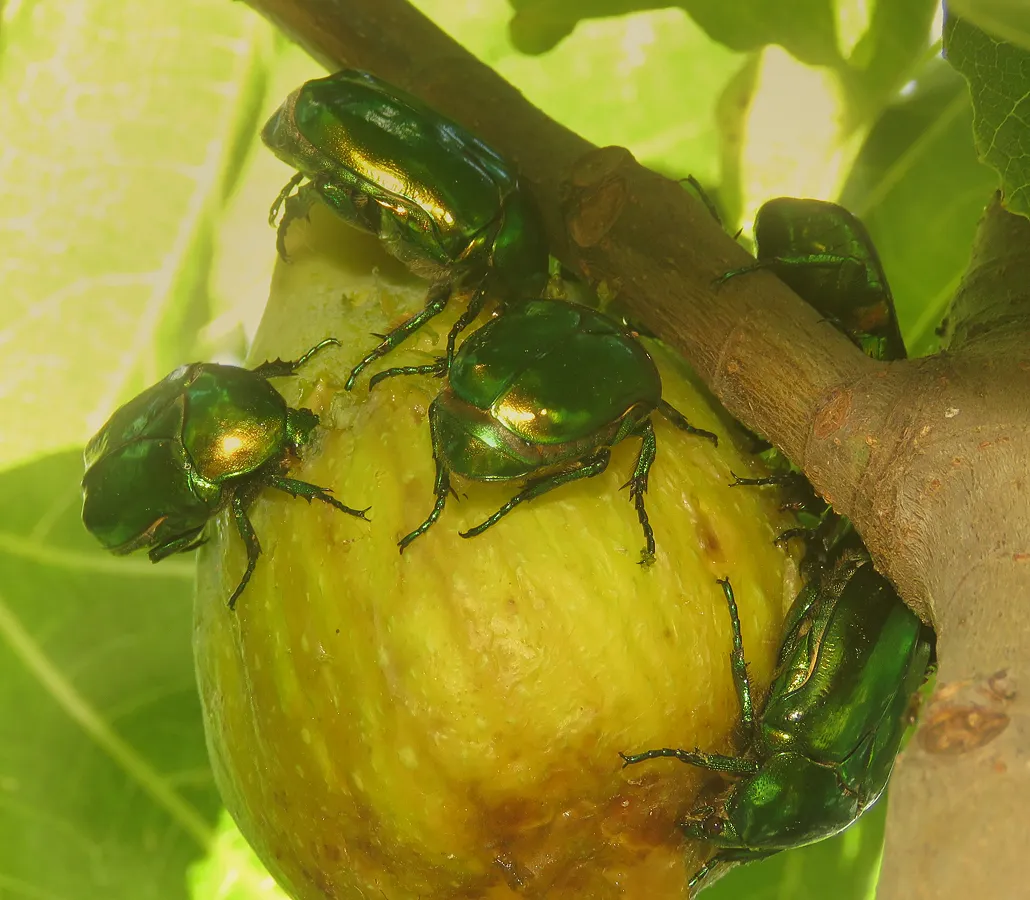
I found many beautiful, shiny beetles in those days. They embellished the tree like some Christmas decorations. Protaetia aeruginosa is the name of this very jewel - like species. They were feeding only on the very soft, overripe fruits ...
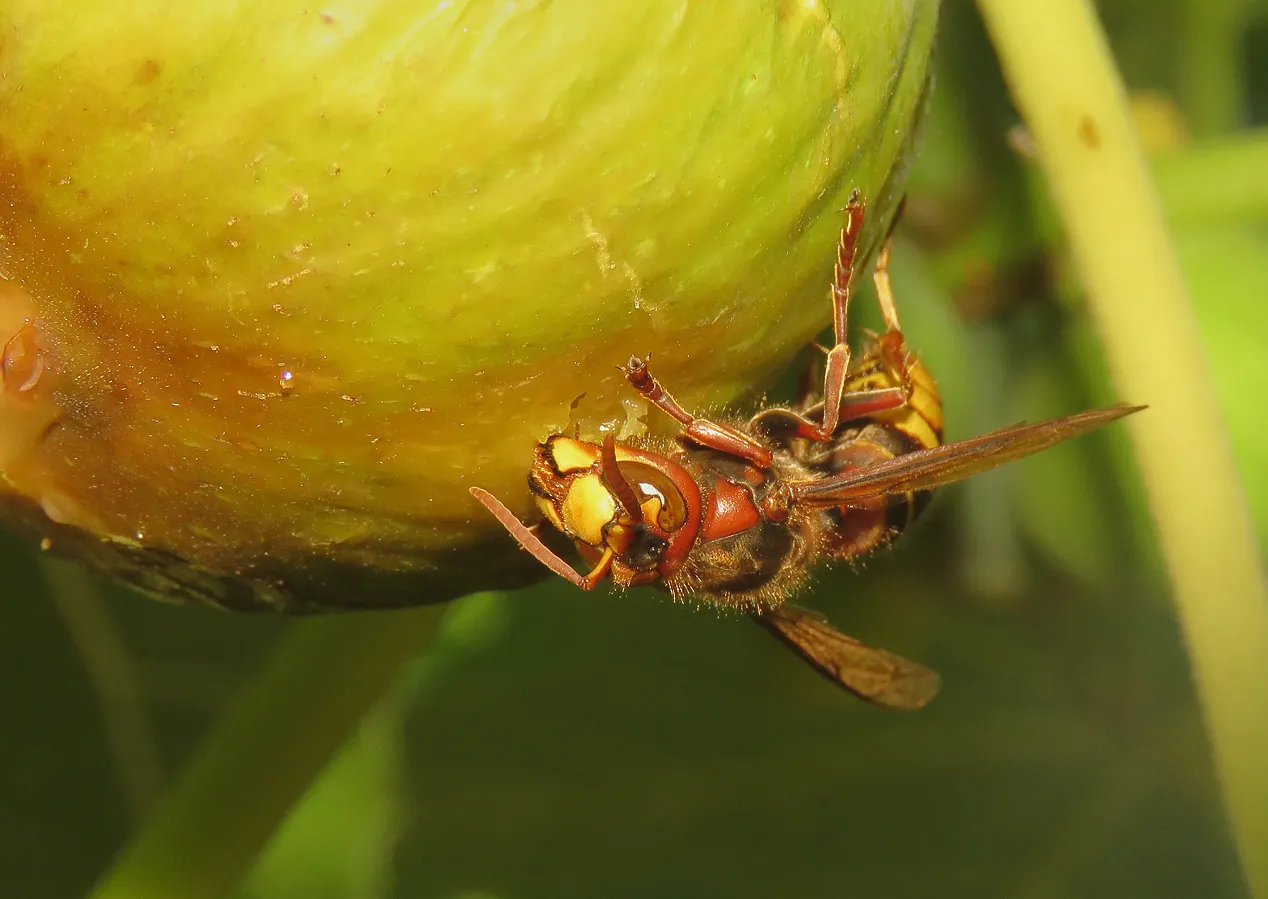
... while this European hornet (Vespa crabro) ...

... was taking pieces of a slightly firmer fruit, using its strong mandibles.
In the places where the hornet scarred the fruit, sweet liquid was appearing on the surface. On this enlargeable photograph, you can see some small fruit fly waiting for the opportunity to take a bit of that juicy stuff.
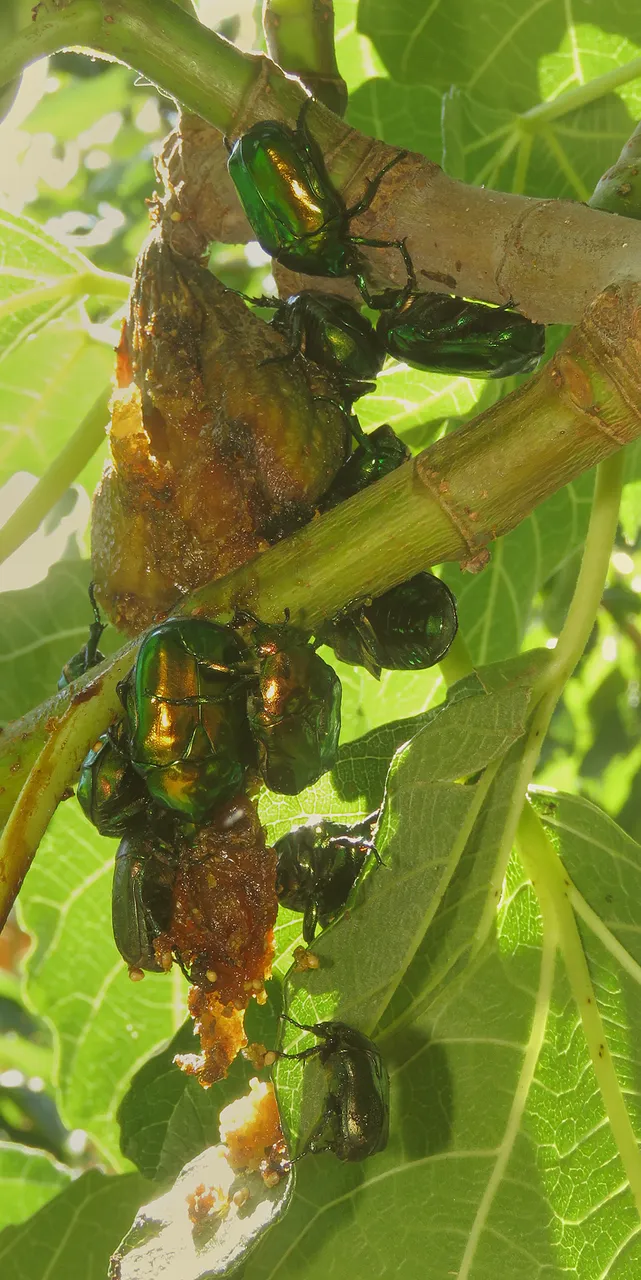
As the overripe fruits were dissolving, the beetles kept arriving.
The softer, the better. The more, the merrier.

Fantastic combination of sugar and shine. Some very happy stuff.
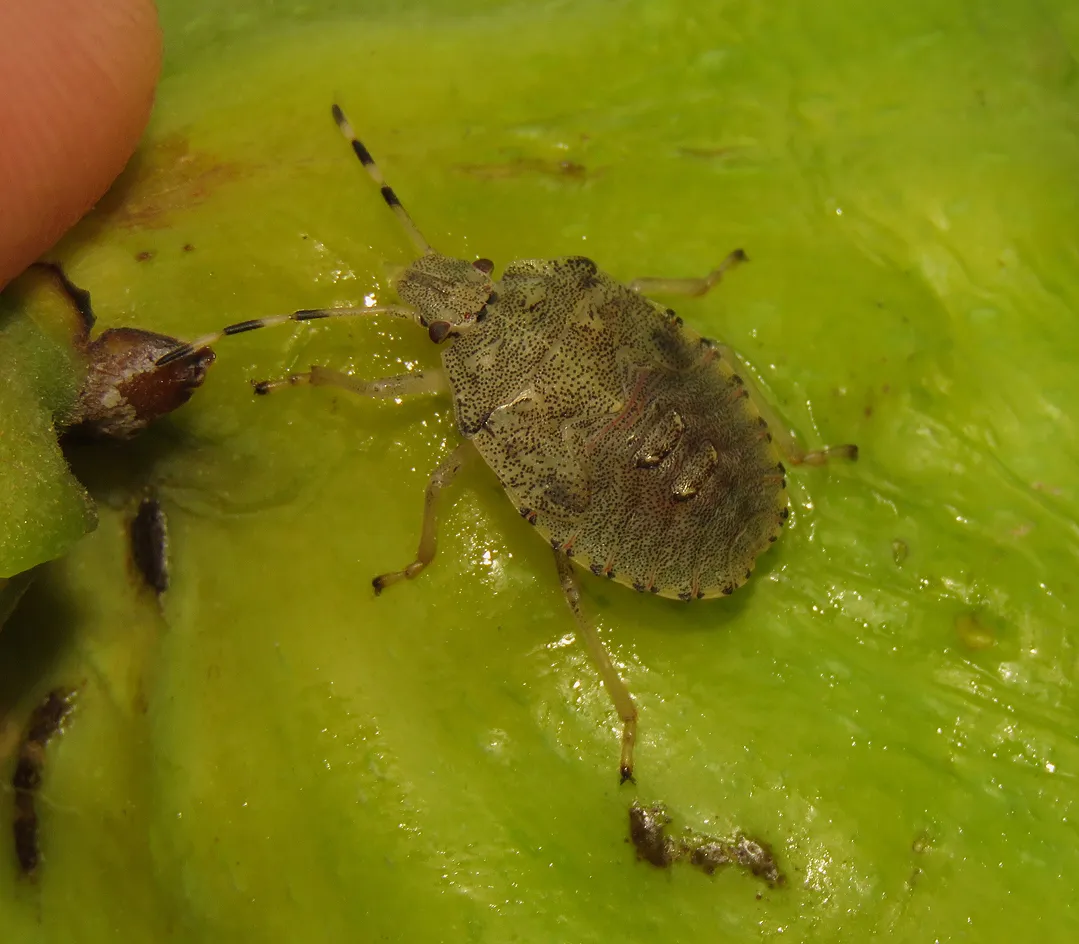
Shield bugs were also part of the scene in those days.
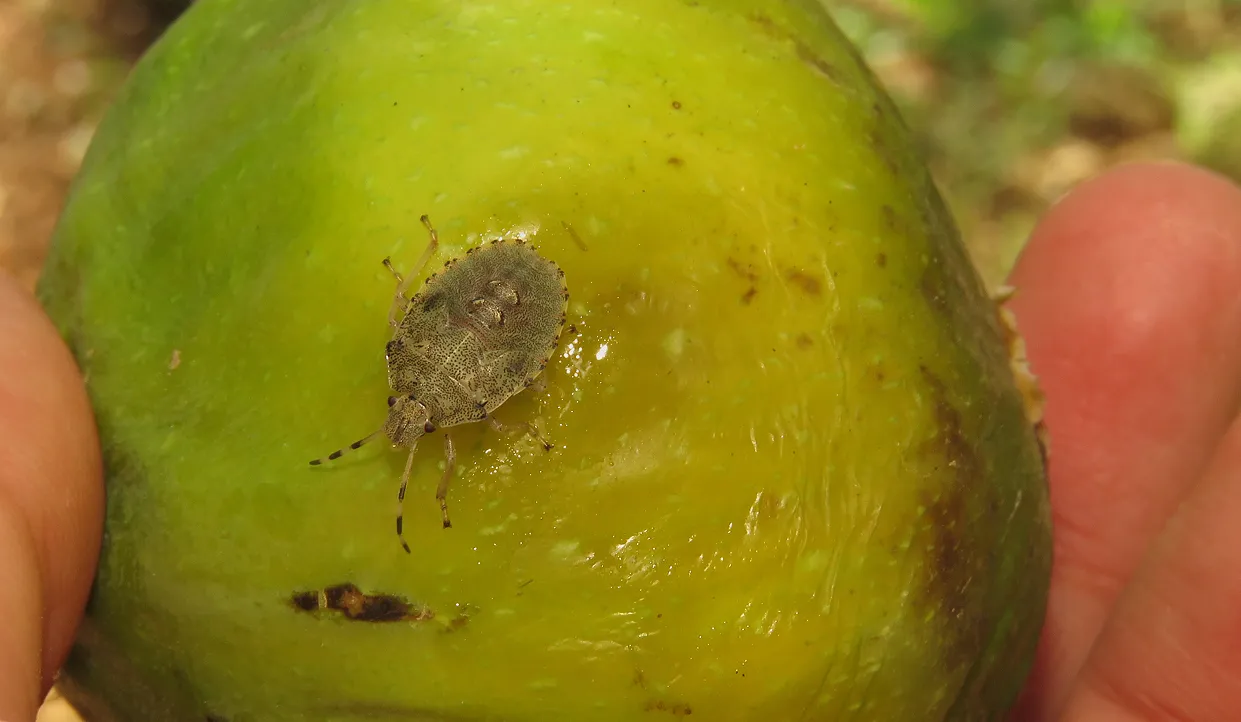
This is the wingless nymph of the Rhaphigaster nebulosa, commonly known as the mottled shieldbug. I put the bug on the branch, and ate the fruit after taking the shot ...
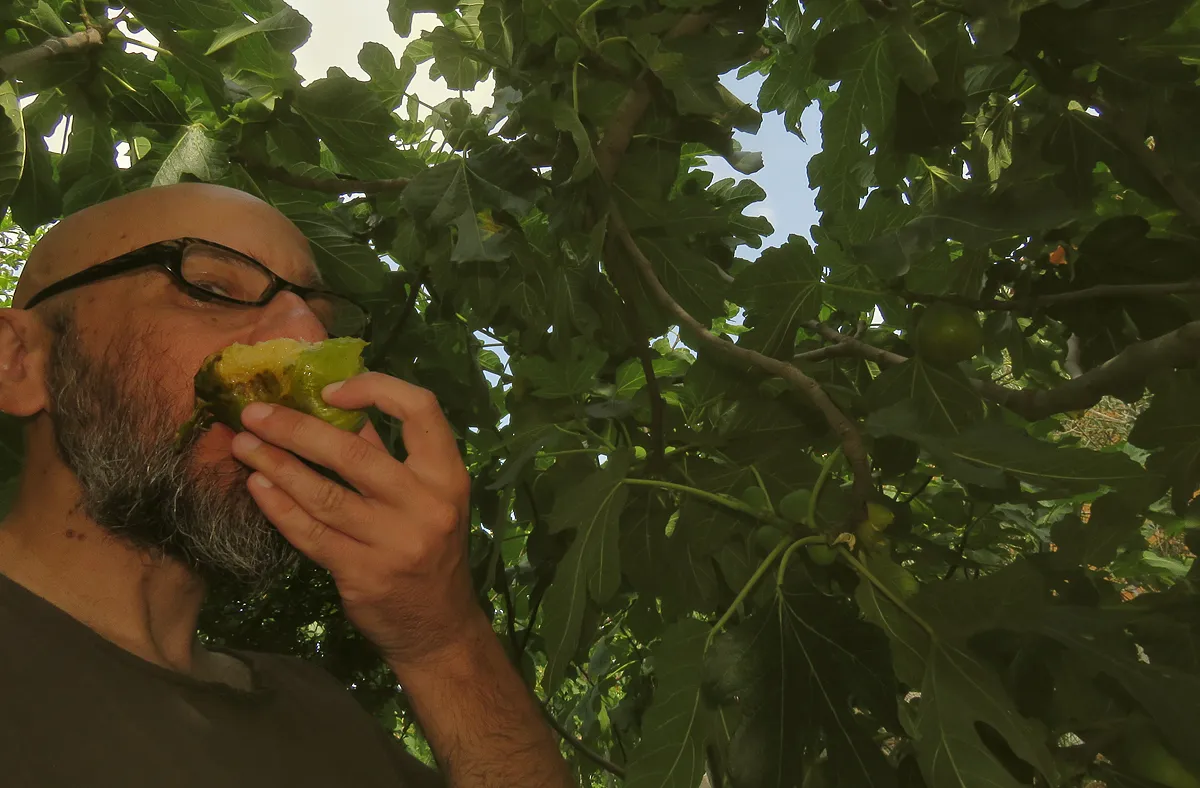
... as you can see on this photograph.

The European honey bees were also buzzing around the fruits. The sweet liquid from the fruits it's a nice addition to the usual nectar.
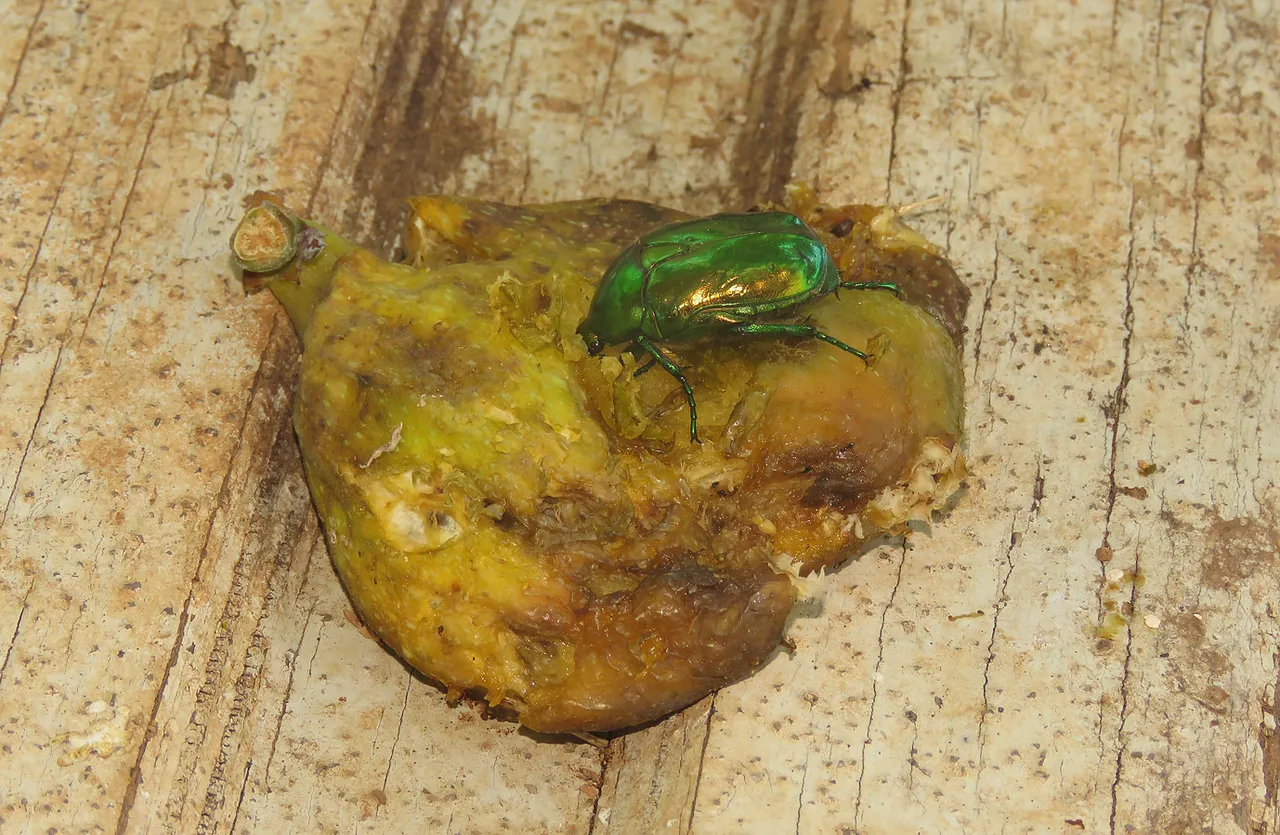
Not all fruits dissolve on the tree. Some end up on the ground ...
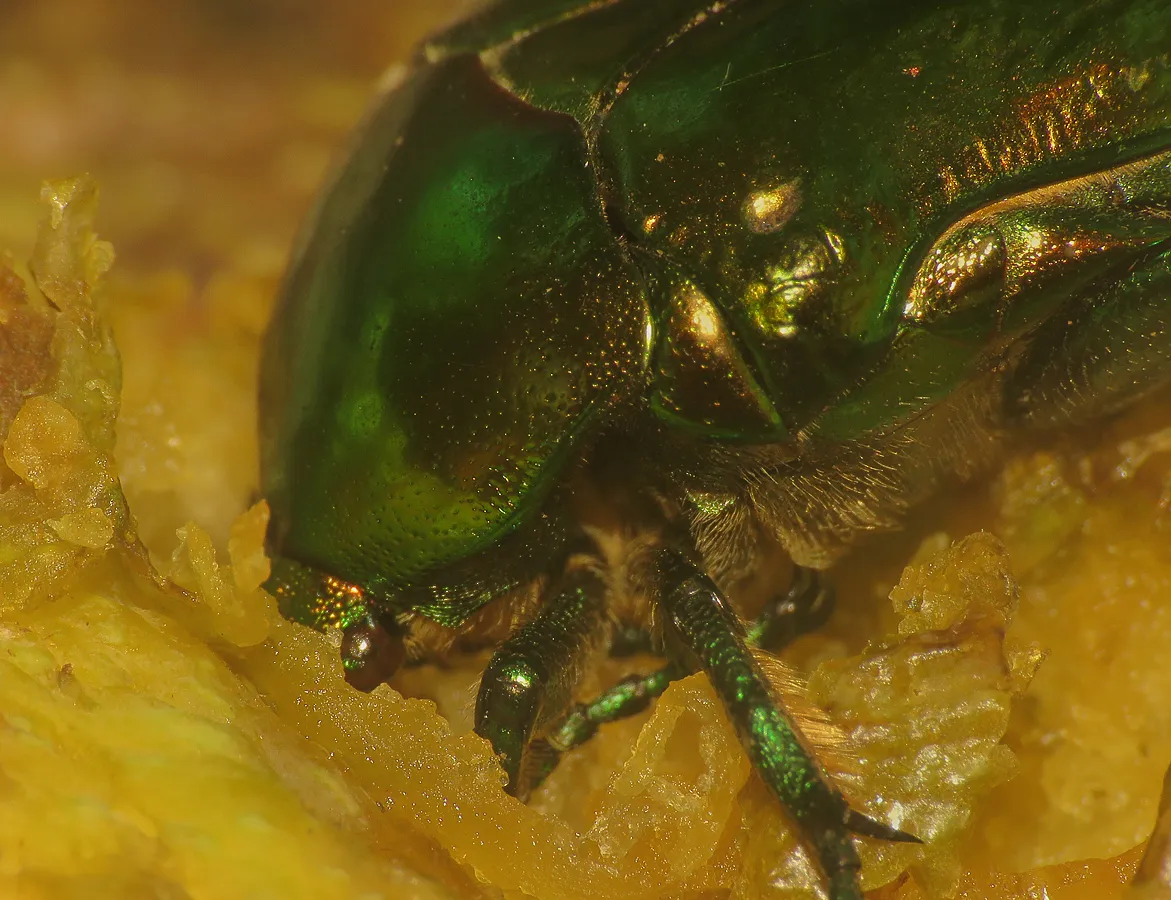
... and are eaten mainly by the same protagonists, the Protaetia aeruginosa beetles.
Here, on the ground, I was close to the action ...

... so I mounted the macro lens ...

... to take a good look at the much smaller fig eaters ...
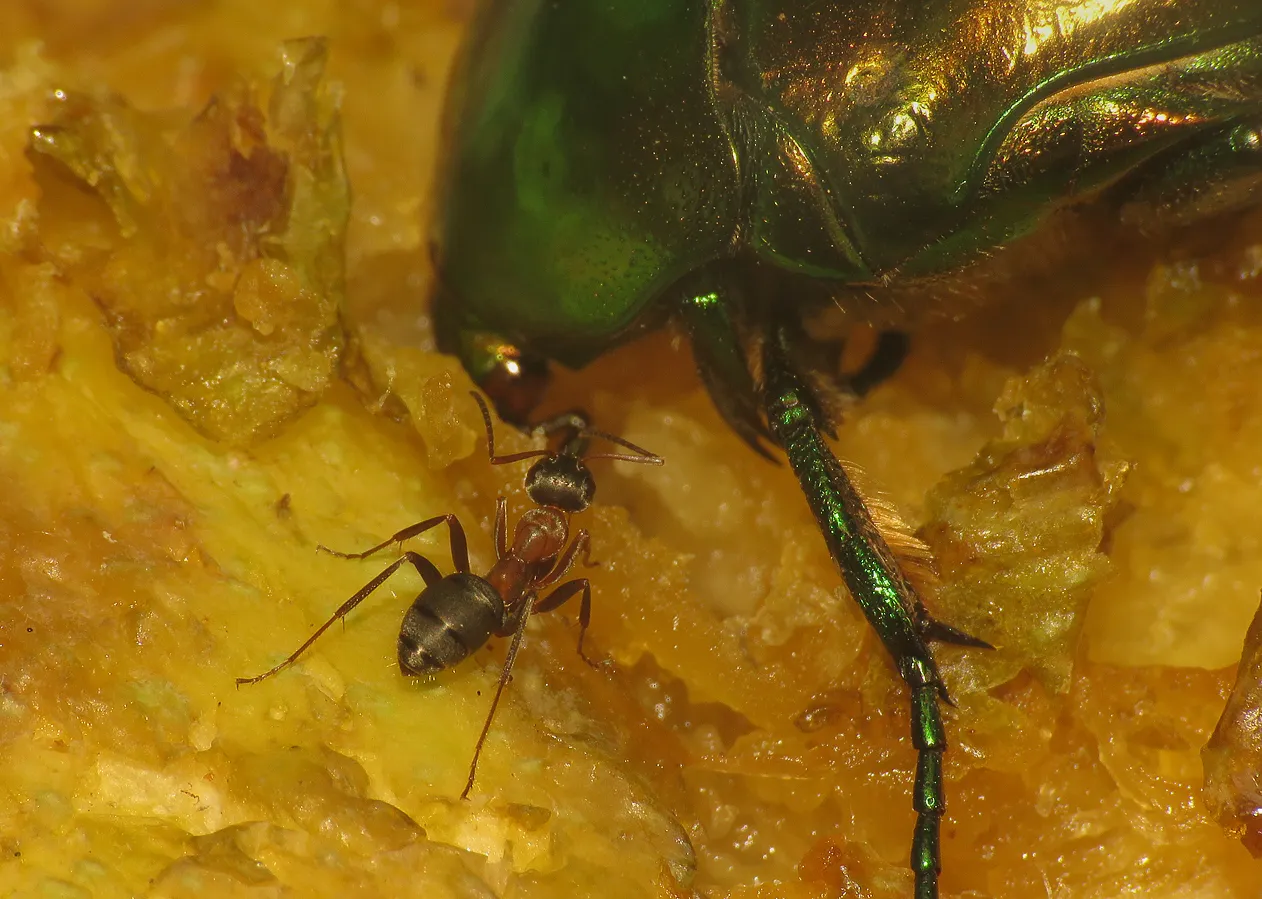
... the ants.
I noticed them before, on the tree. But there, seen from a distance, the ants were only small dots running around the beetles.
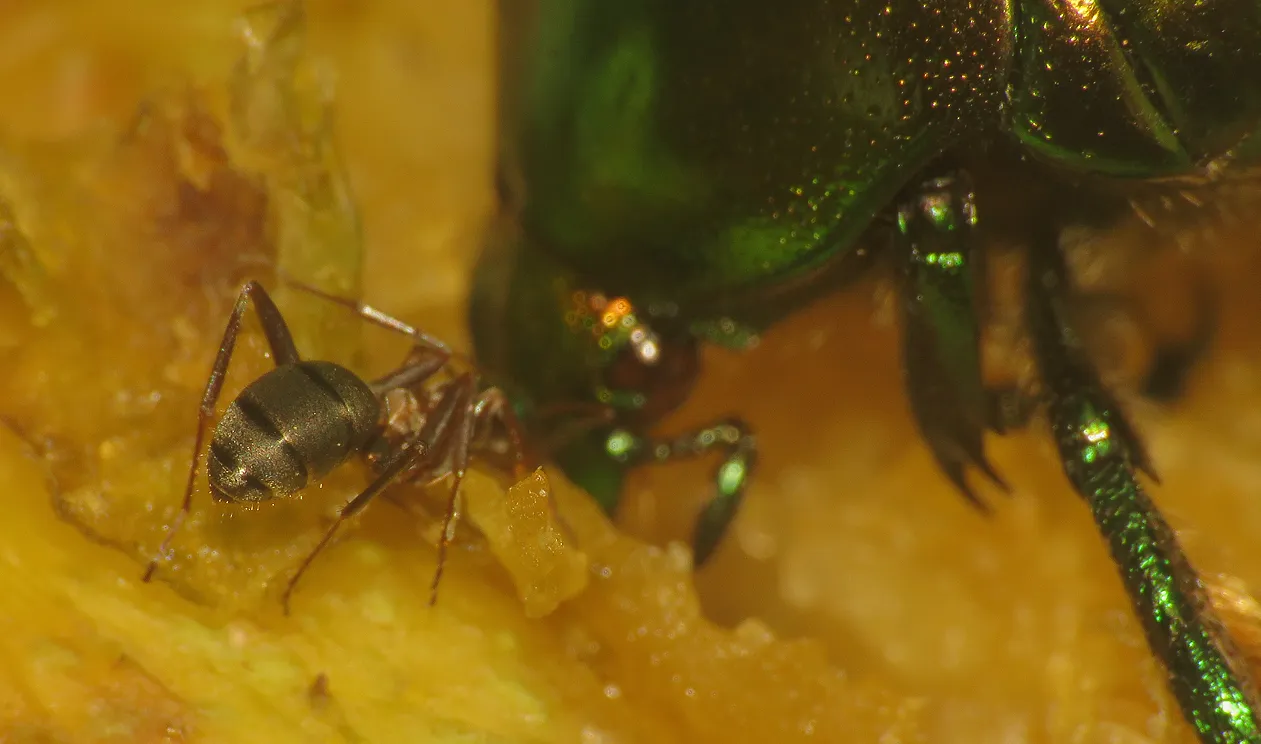
Now, under the tree, I was finally able to take a couple of shots with ants and beetles enjoying the fruit together.
The ant on this photographs, it's a Formica rufibarbis worker.
On this enlargeable photograph, I caught also the minuscule Crematogaster auberti ant. I saw this ant only today, while preparing the post, when I enlarged the picture on the PC screen.
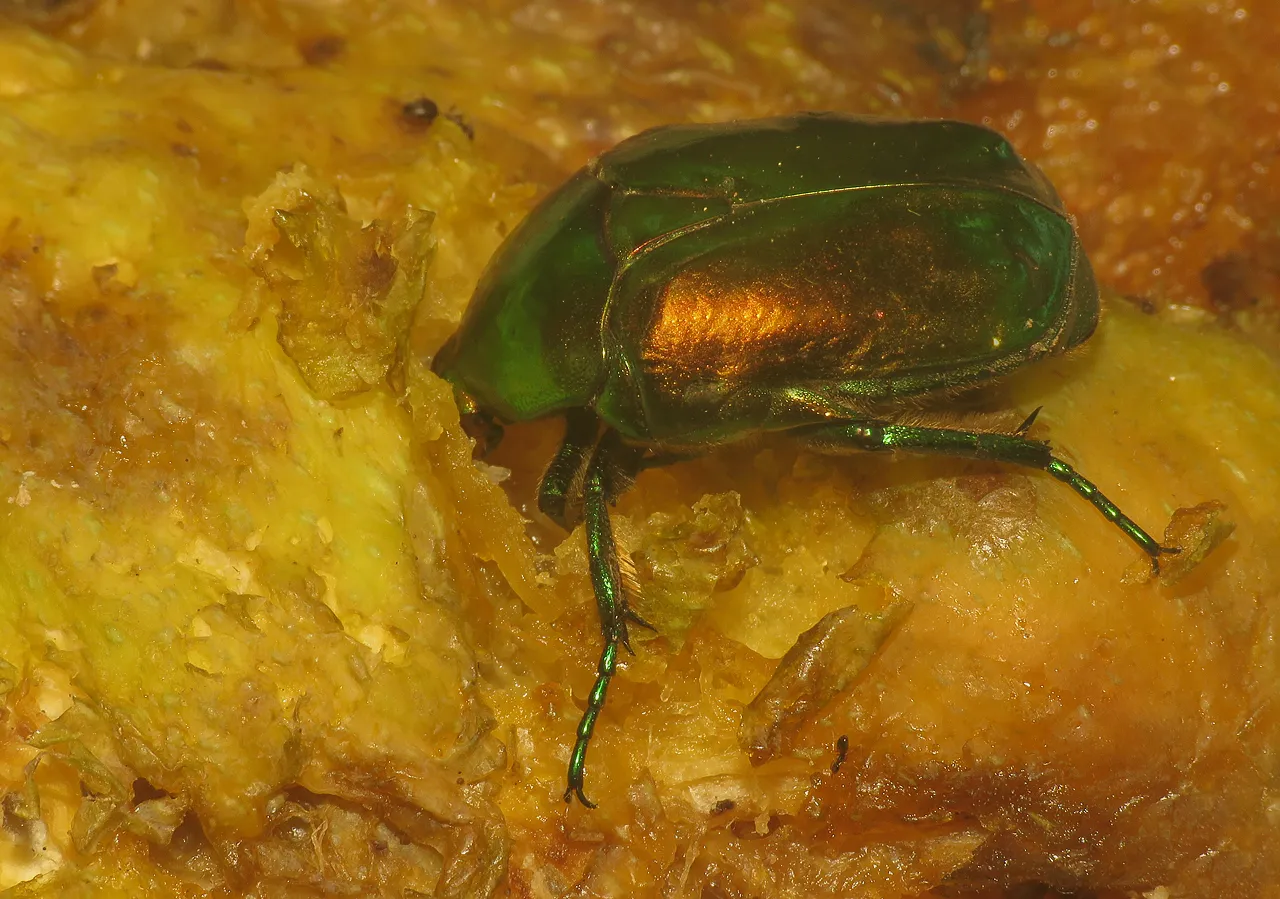
When I took (more than) enough of these ant & beetle pictures ...
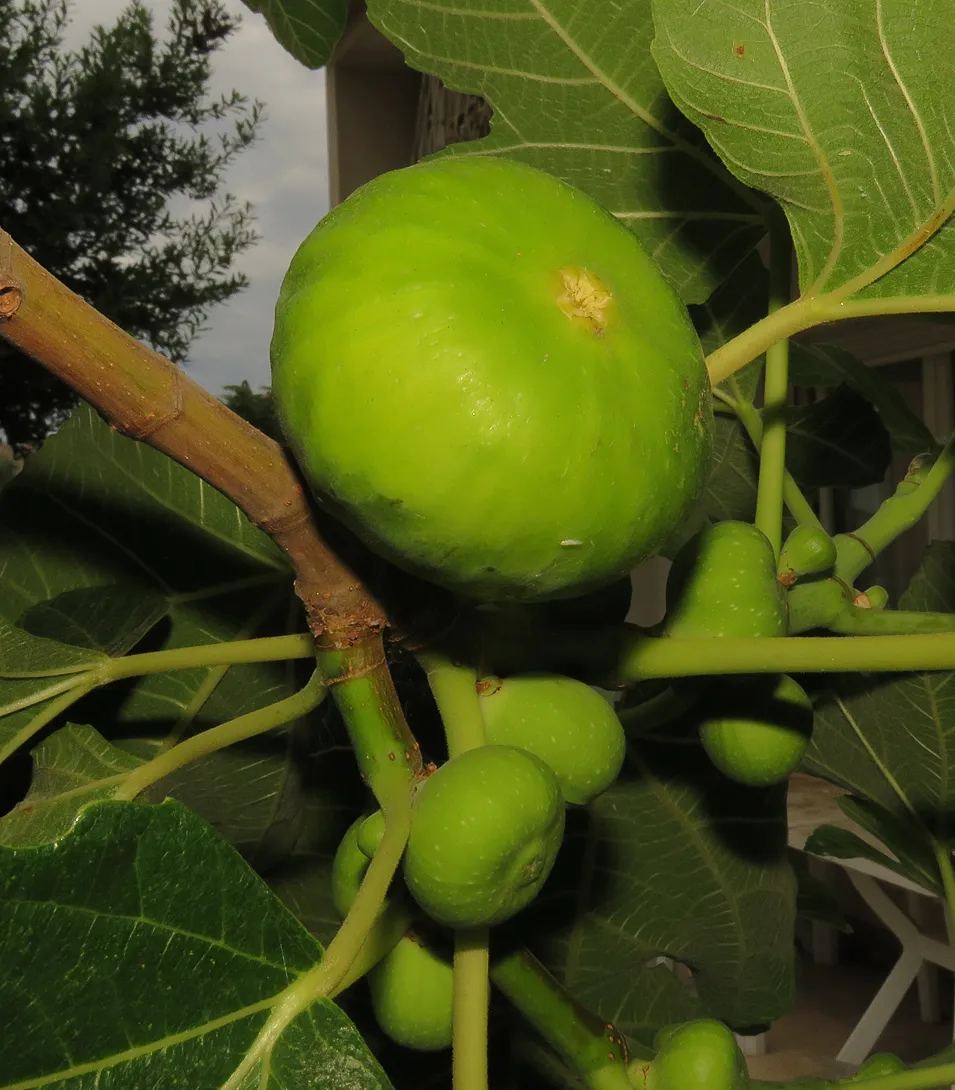
... it was time to unmount the macro lens ...
... and focus on the tree again ...
... the entire tree. Here you can see a portrait of that tree at the end of a hot, but slightly overcast day. This photograph is the central turning point of the post. From the following shot ...

... the fruits will be smaller ...
... and even sweeter.
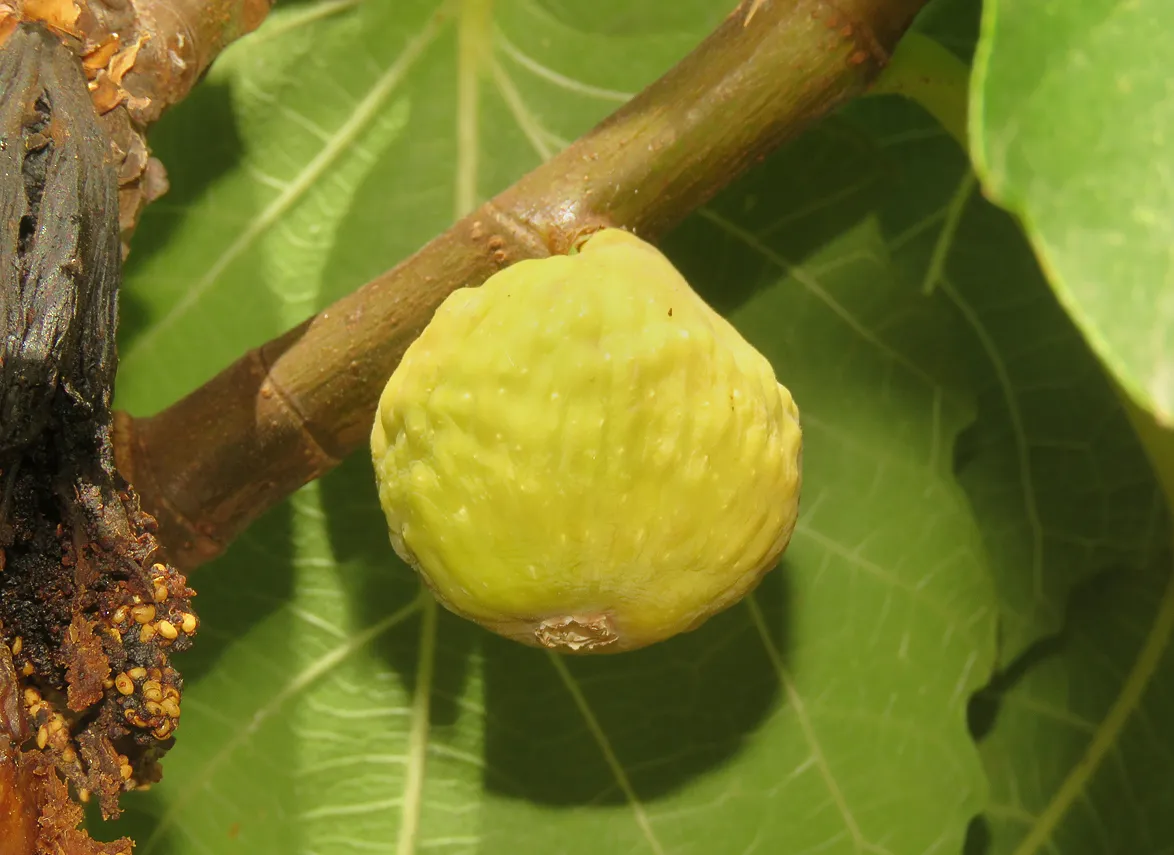
These photographs were taken two weeks ago. Approximately. On 26th August 2021.
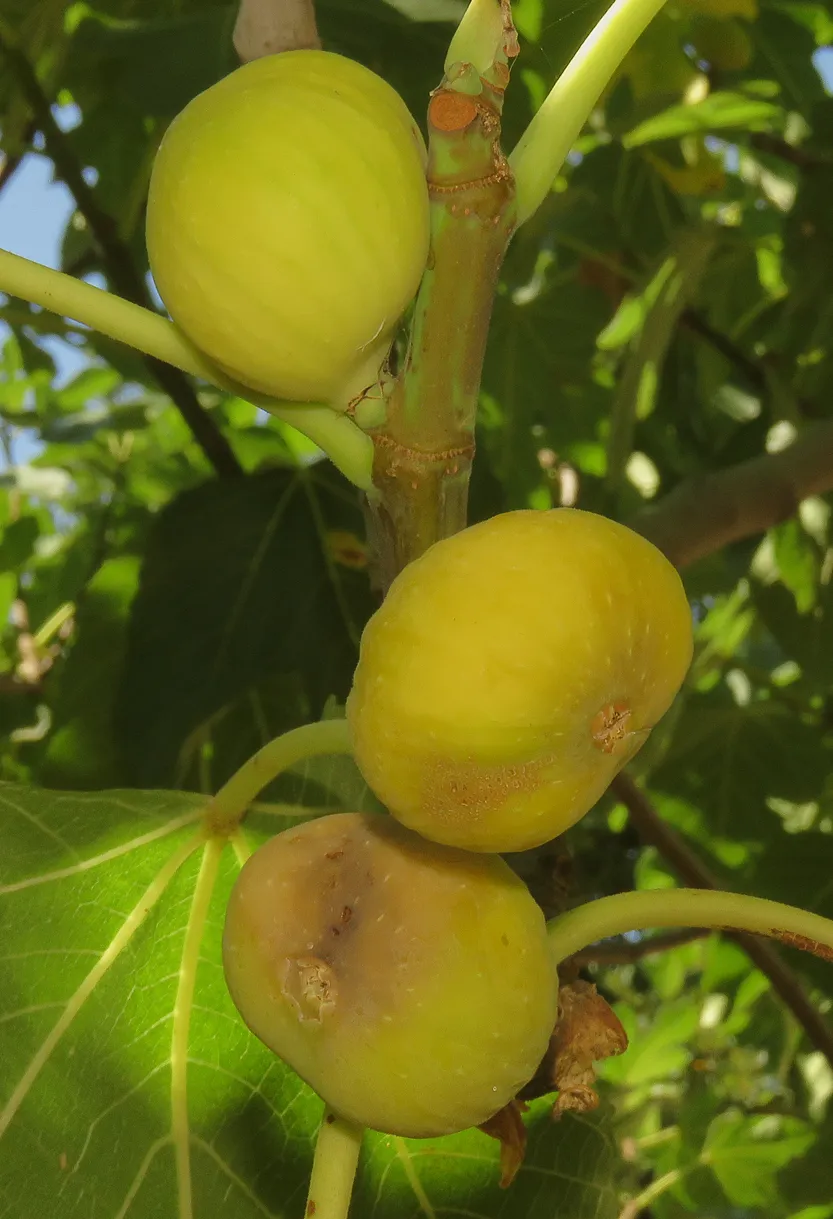
The big fruits were long gone and forgotten. A multitude of much smaller ones was on the menu.
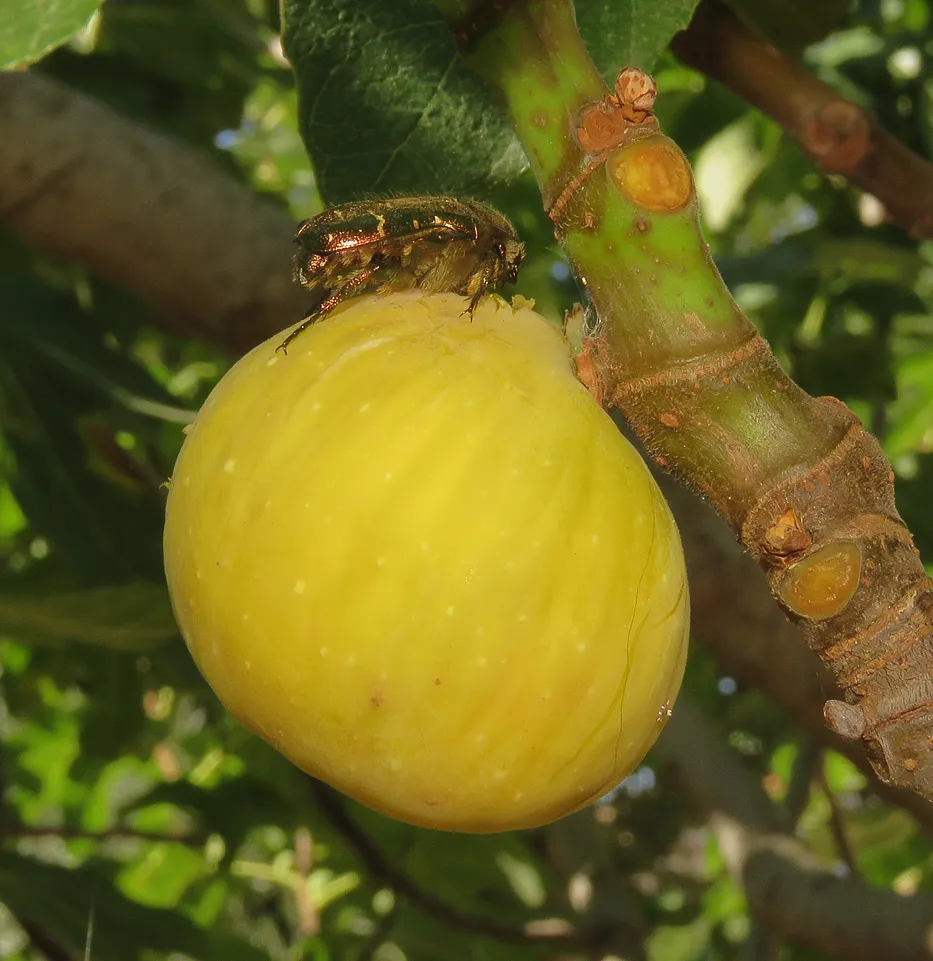
On one of those second wave fruits, I photographed this shiny beetle, pretty similar to the Protaetia aeruginosa from the first part of the story.
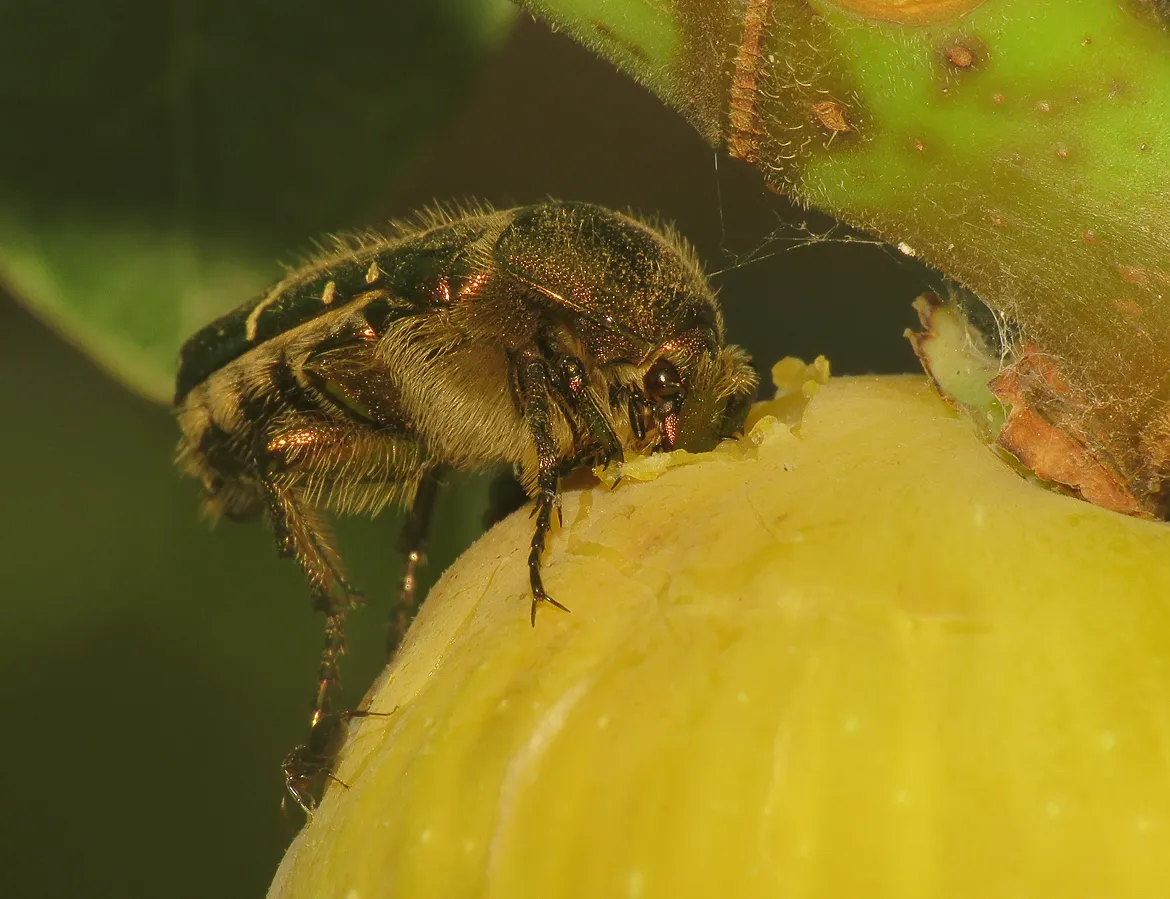
This is the Cetonia aurata, commonly known as the European rose chafer.
This is just another group portrait filled with small figs, and on the following photograph ...
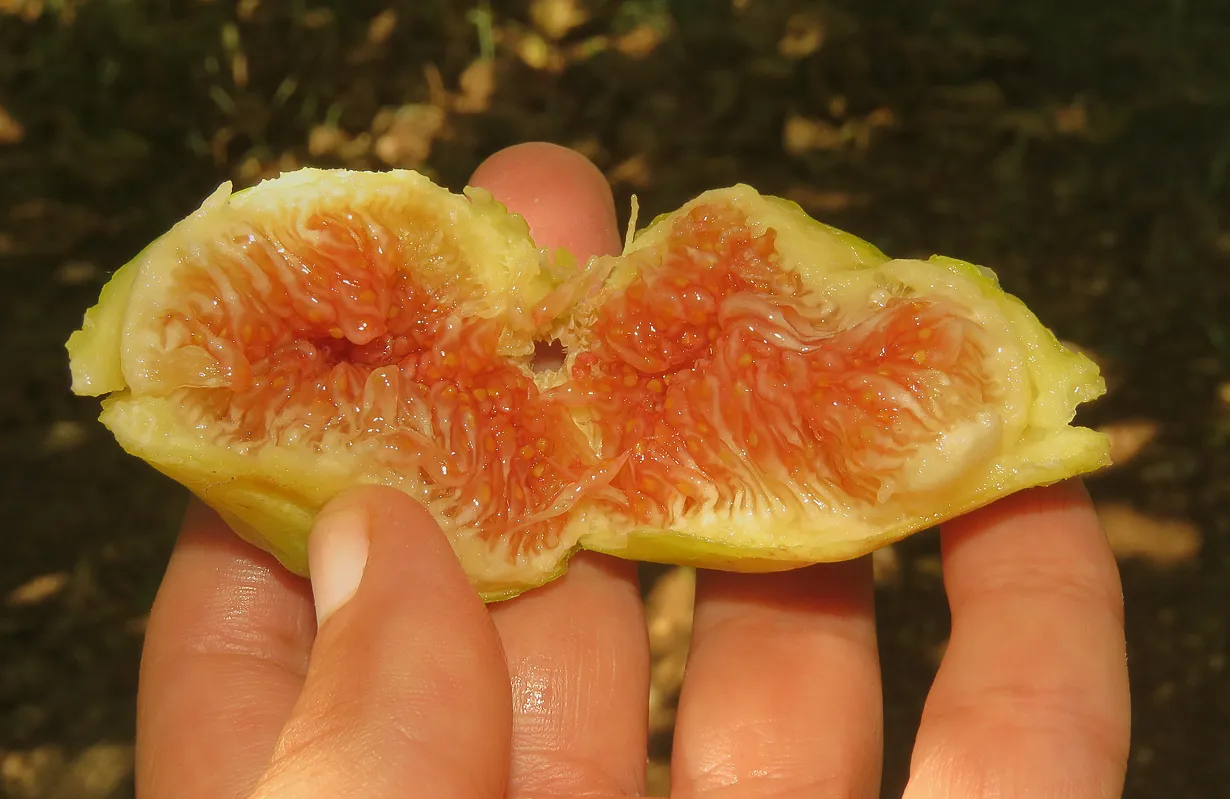
... you can take a look at the interior of one of those fruits. There wasn't much action around the fruits this time ...
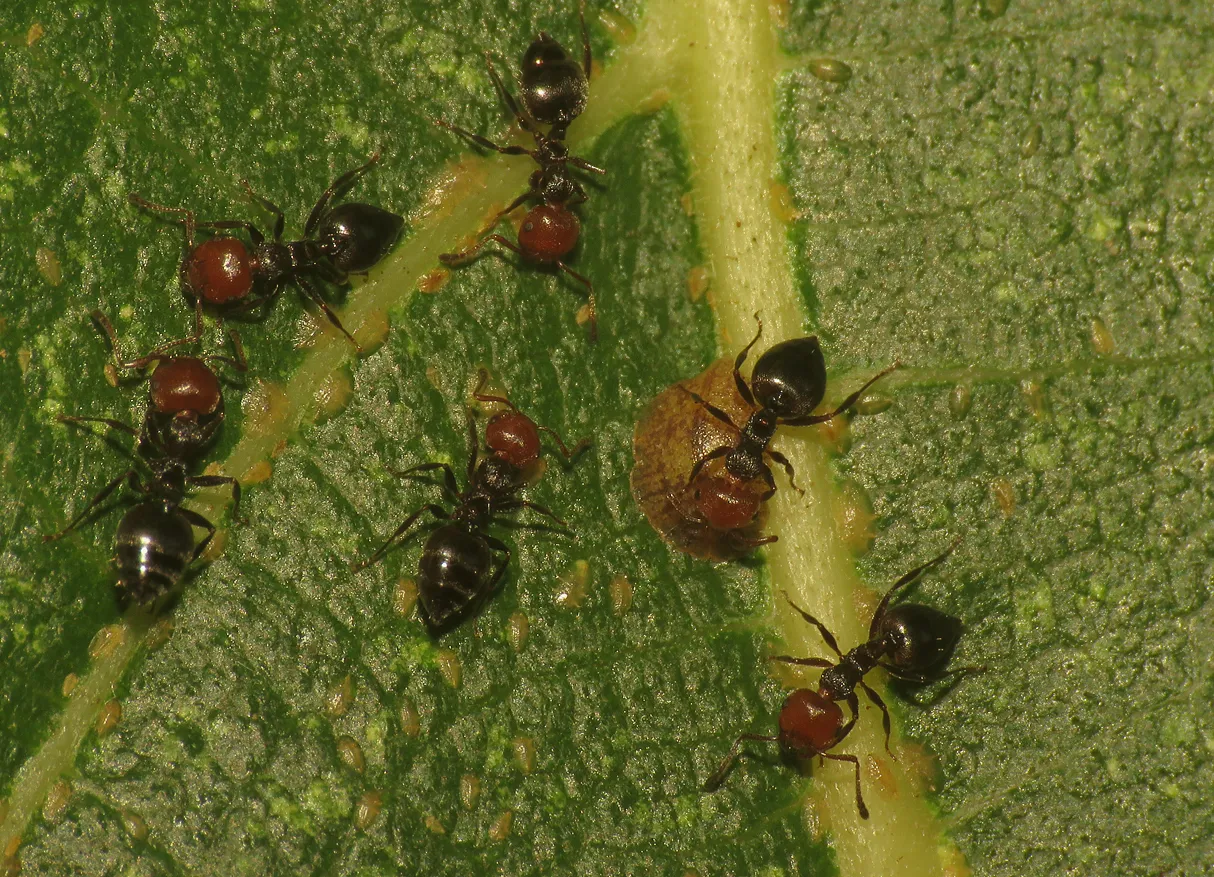
... but I came across an interesting situation on the foliage.
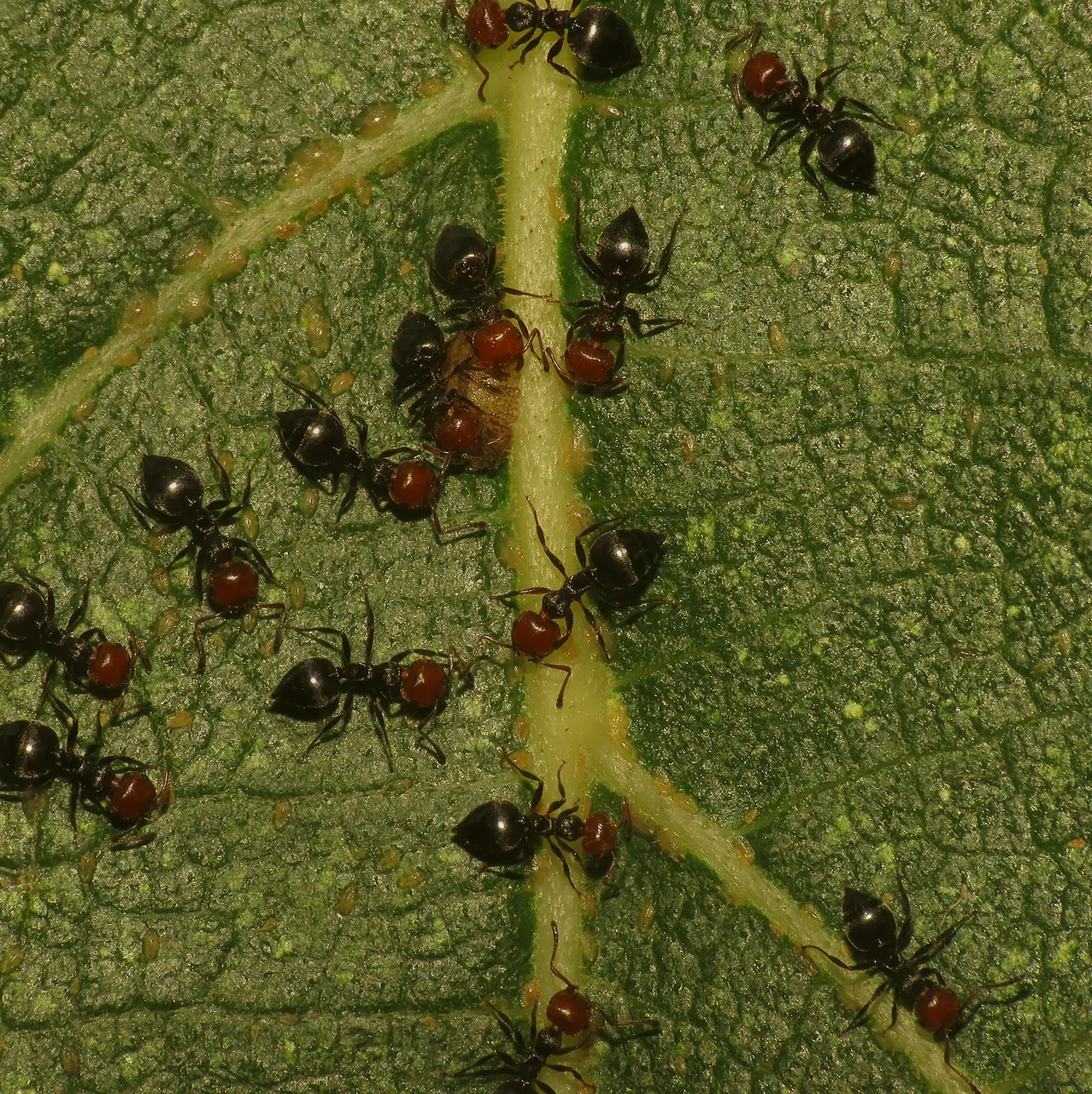
Crematogaster scutellaris ants were collecting the honey dew from the Coccus hesperidum scale insects ...

... and at one point, while observing one group of ants ...
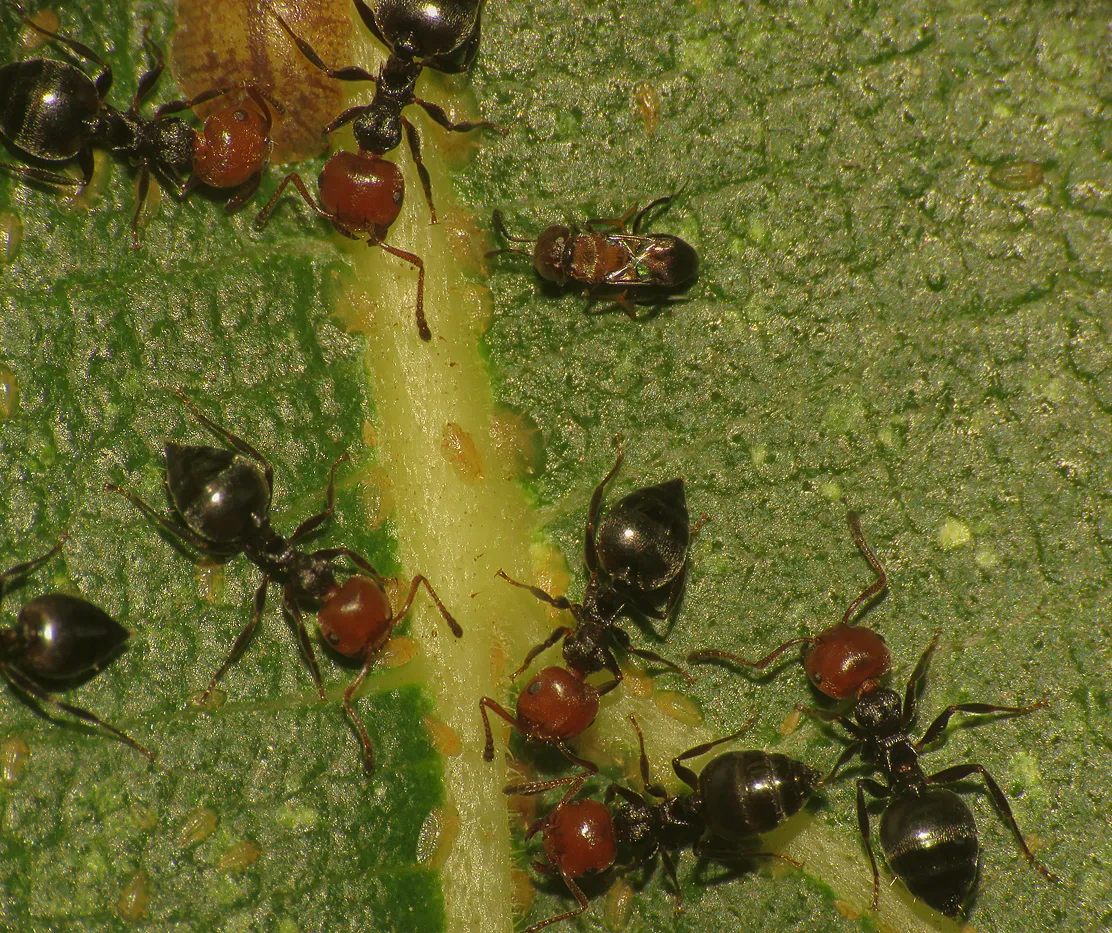
... I noticed a strange little insect running fast and frantically around the ants.
I never saw this species before, and now, after an extensive Internet search ...
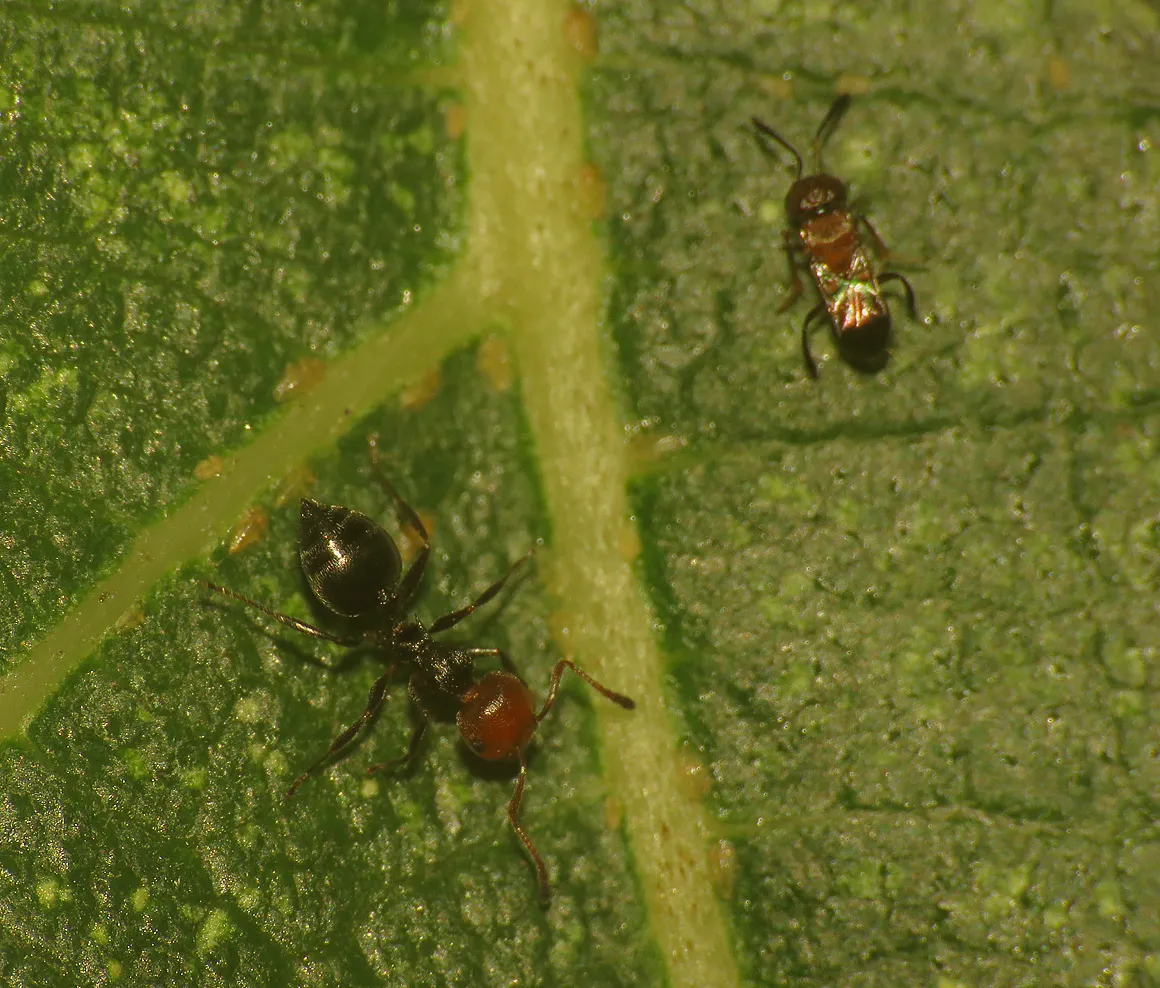
... I still don't know what this thing is. It looks like some kind of bug (Hemiptera) to me ... but then, I never saw a bug like this, and I have no Idea about what Hemiptera family this could be.
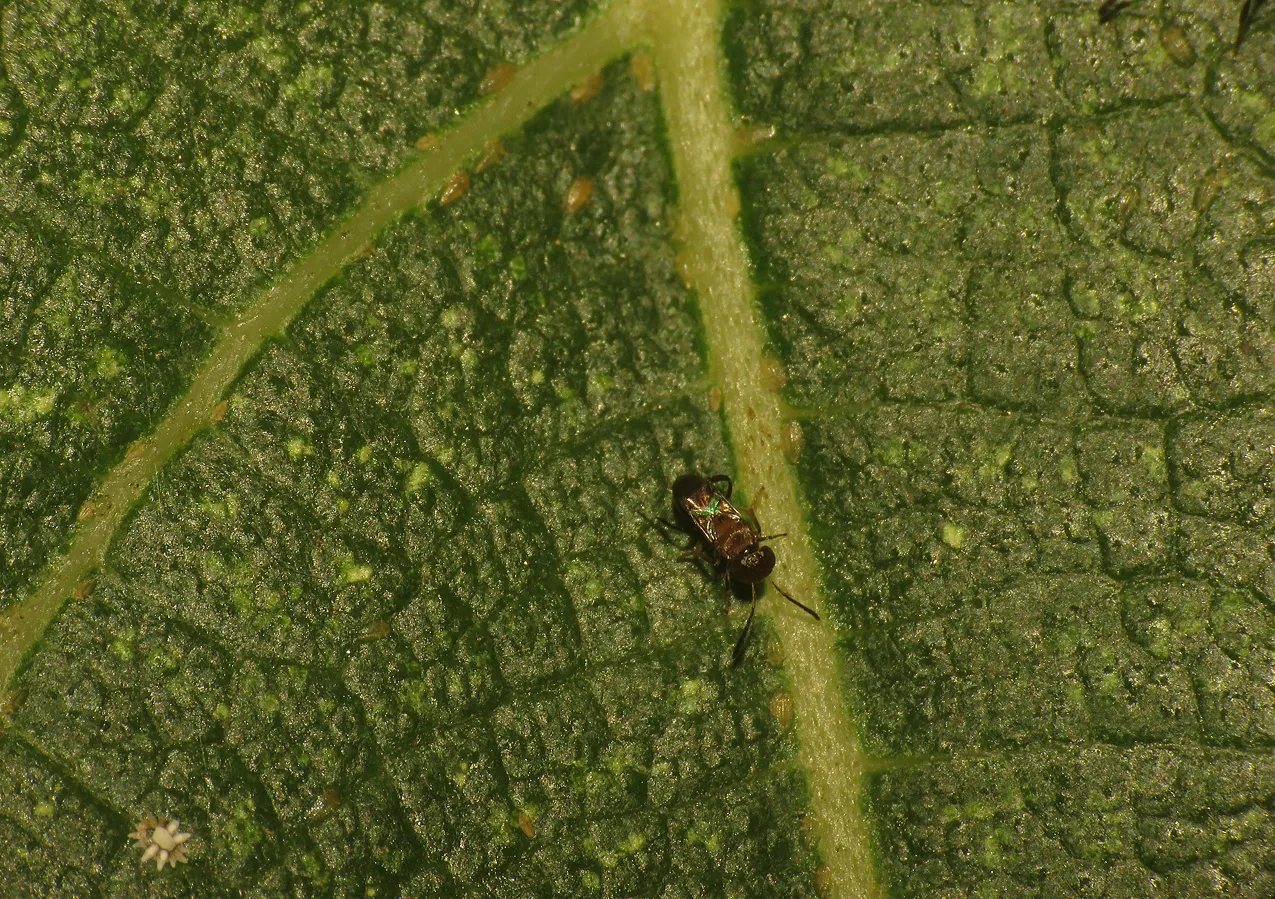
It was a short, mysterious encounter, right here in my garden. In a well known place where I don't expect any mysteries.
And that's all for this post. As always here on HIVE, the photographs are my work - THE END.







